Summary
In the world of cooling and ventilation, the choice of fan technology has a significant impact on energy consumption, noise levels, and operational costs.
While traditional Alternating Current (AC) fans have been the standard for decades, two advanced technologies have emerged as superior alternatives: Direct Current (DC) fans and Electronically Commutated (EC) fans.
Both offer remarkable improvements in efficiency, but they serve different needs and applications. This guide breaks down their differences to help you understand which technology is right for you.
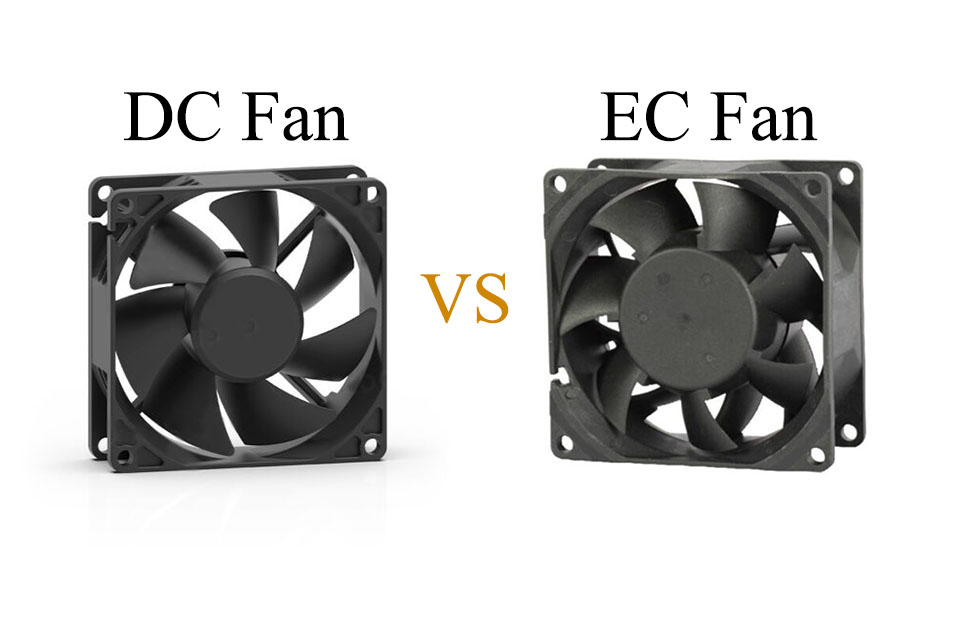
Understanding Direct Current (DC) Fans
DC fans operate on direct current power. They utilize brushless DC motors, which are inherently more efficient than their AC counterparts. This design is the source of their primary advantages.
Key Advantages of DC Fans
Exceptional Energy Efficiency:
The standout feature of DC fans is their low power consumption. They can use up to 70% less energy than traditional AC fans, leading to significant long-term savings on electricity bills. Their ability to run efficiently at reduced speeds further minimizes energy use.
Quiet Operation
The brushless motor design results in less vibration and electromagnetic interference. This, combined with high-quality bearings and balanced blades, makes DC fans significantly quieter than AC fans, with noise reductions of up to 10 dB. This makes them ideal for noise-sensitive environments like offices, bedrooms, and medical facilities.
Precise Speed Control
DC fans offer superior speed control, often using Pulse-Width Modulation (PWM) technology. This allows for near-infinite adjustments to the fan's speed, enabling precise airflow management in applications like electronics cooling and modern HVAC systems.
Understanding Electronically Commutated (EC) Fans
An EC fan is a clever hybrid that combines the best of both AC and DC technology. At its core, an EC fan uses a brushless DC motor, but it has an integrated electronic circuit board that converts incoming AC power to DC. This onboard "brain" allows it to run with the efficiency of a DC motor while plugging directly into a standard AC power source.
Key Advantages of EC Fans
Peak Energy Efficiency
EC fans are the champions of efficiency, often reaching levels as high as 90%. By using permanent magnets, the motor doesn't need to expend extra energy to create a magnetic field. This translates to operational energy savings of up to 80% compared to conventional AC fans.
Longevity and Reduced Maintenance
Like DC fans, EC fans are brushless. The absence of brushes—a common point of wear and tear in traditional motors—means a longer service life and virtually no maintenance. This is a major benefit in commercial settings where fans run continuously.
Adaptable and Smart Speed Control
The integrated electronics give EC fans a significant advantage in control. They offer adaptable speed control that can be integrated with sensors and building automation systems. This allows the fan to adjust its performance in real-time based on temperature, occupancy, or other data, optimizing both comfort and energy use.
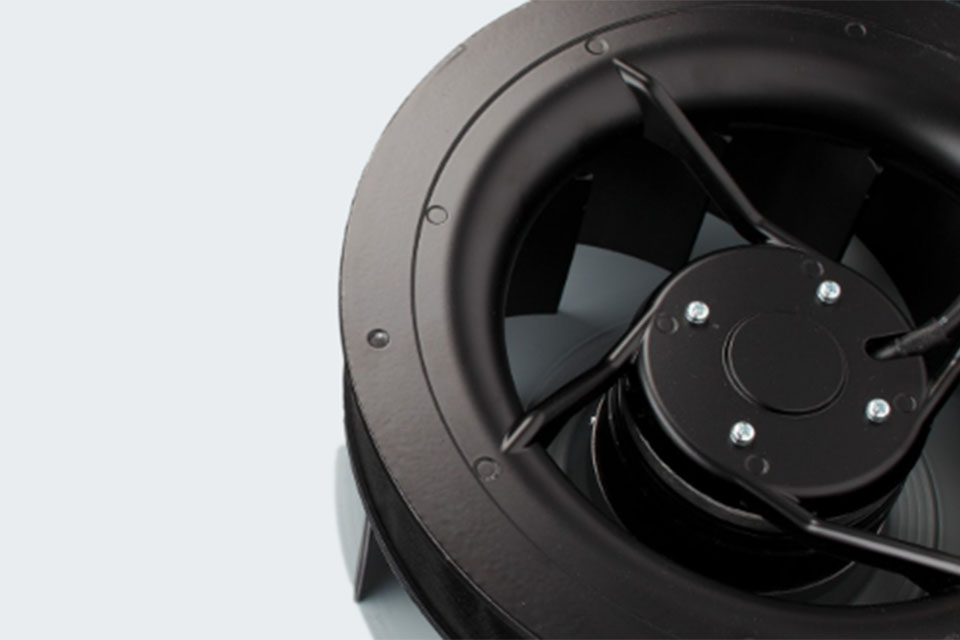
Comparative Analysis: DC vs. EC
While both DC and EC fans are vast improvements over AC technology, they have distinct differences that influence their ideal applications.
Energy Efficiency
Both fan types are highly efficient. DC fans offer substantial energy savings over AC fans, making them a cost-effective choice for many applications. EC fans, however, often have a slight edge in raw efficiency and excel in environments where their speed can be dynamically adjusted, ensuring no energy is wasted.
· Winner: EC fans, for their peak efficiency and smart optimization capabilities.
Cost Implications
Traditional AC fans have the lowest upfront cost. Both DC and EC fans come with a higher initial price tag due to their advanced motor technology. However, this higher investment is typically recouped over time through significant energy savings. For large-scale commercial applications, the long-term savings from EC fans can be substantial.
· Winner: A tie, as the choice depends on balancing upfront budget against long-term operational savings.
Performance and Noise
Both DC and EC fans are known for their quiet operation compared to AC fans. DC fans are often favored in consumer products where near-silent operation is a key selling point. EC fans are also quiet but stand out for their intelligent performance, capable of delivering precise airflow in response to changing conditions, which is crucial in commercial HVAC and data centers.
· Winner: DC for simplest quiet operation; EC for intelligent, responsive performance.
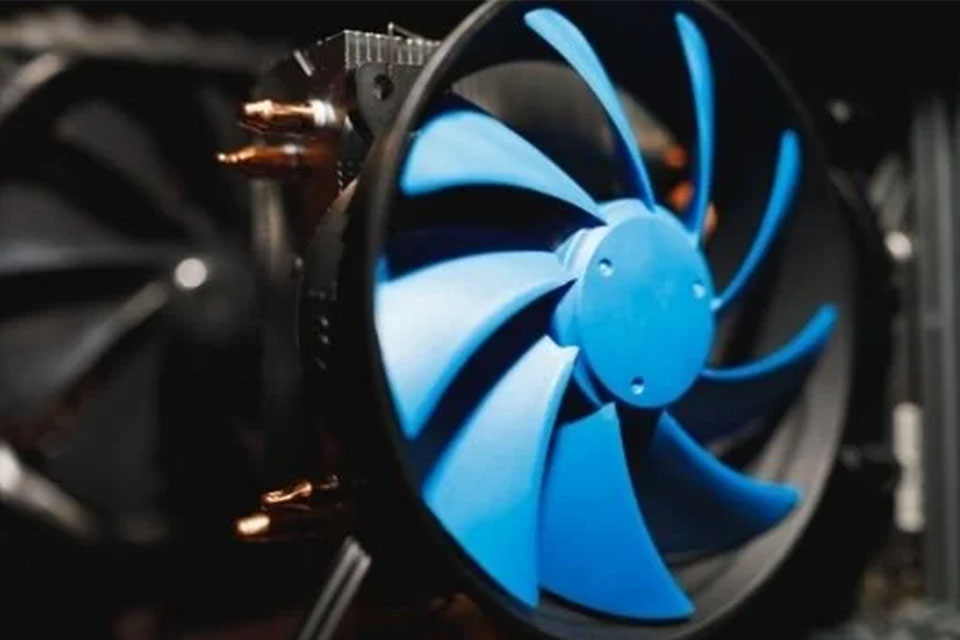
Application Scenarios: Making the Right Choice
· Choose a DC fan when... your primary needs are energy efficiency and quiet operation in a straightforward application. They are perfect for modern residential ceiling fans, high-end computer cooling, and medical equipment where precise but not necessarily automated control is required.
· Choose an EC fan when... you need smart, automated, and highly efficient cooling. They are the superior choice for commercial HVAC systems, server racks, refrigeration units, and any "smart building" application where the fan needs to integrate with sensors and data analytics to optimize performance.
Conclusion: The Future is Efficient
The debate between DC and EC fans is less about which one is universally "better" and more about which is better suited for a specific task. Both represent a significant leap forward from inefficient AC technology.
The choice is clear: for simple, quiet, and highly efficient applications, a DC fan is an excellent choice. For complex systems that demand intelligent control, real-time adaptability, and the absolute highest level of efficiency, the EC fan is the undisputed leader. Ultimately, the move toward either technology is a step toward a more sustainable and cost-effective future, reducing both electricity bills and our environmental footprint.

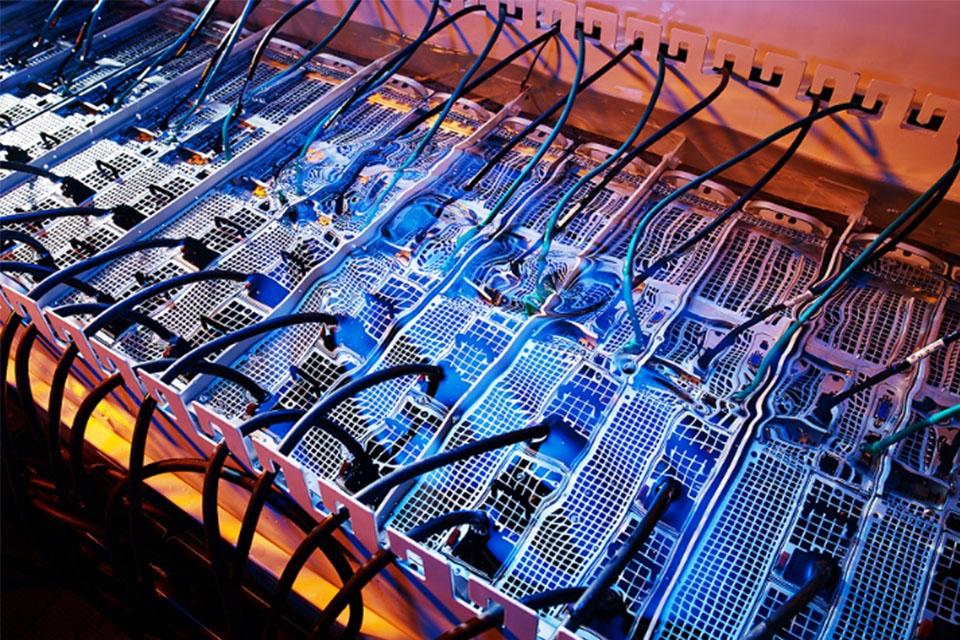 Why Blower Fans Are Essential in Fiber Optic Equipment
Why Blower Fans Are Essential in Fiber Optic Equipment
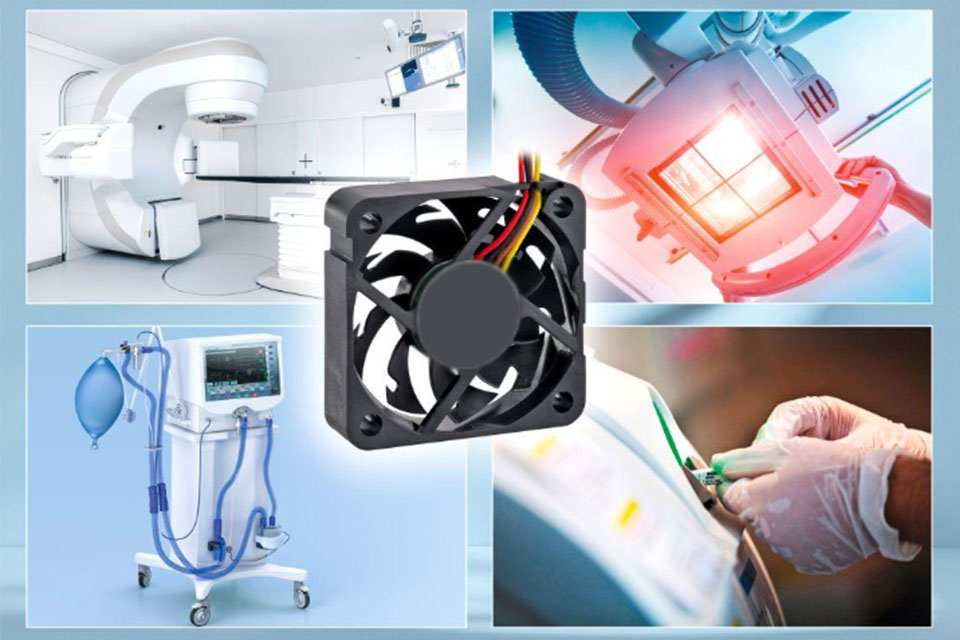 Cooling Fans in Portable Medical Devices
Cooling Fans in Portable Medical Devices
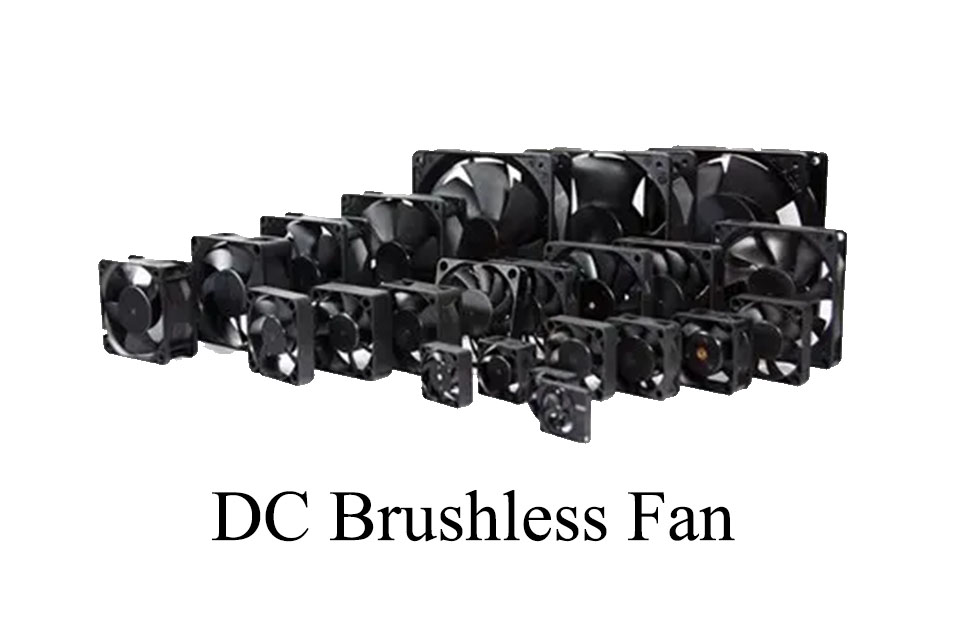 The Critical Role of DC Brushless Fans in Modern Electronics Cooling
The Critical Role of DC Brushless Fans in Modern Electronics Cooling
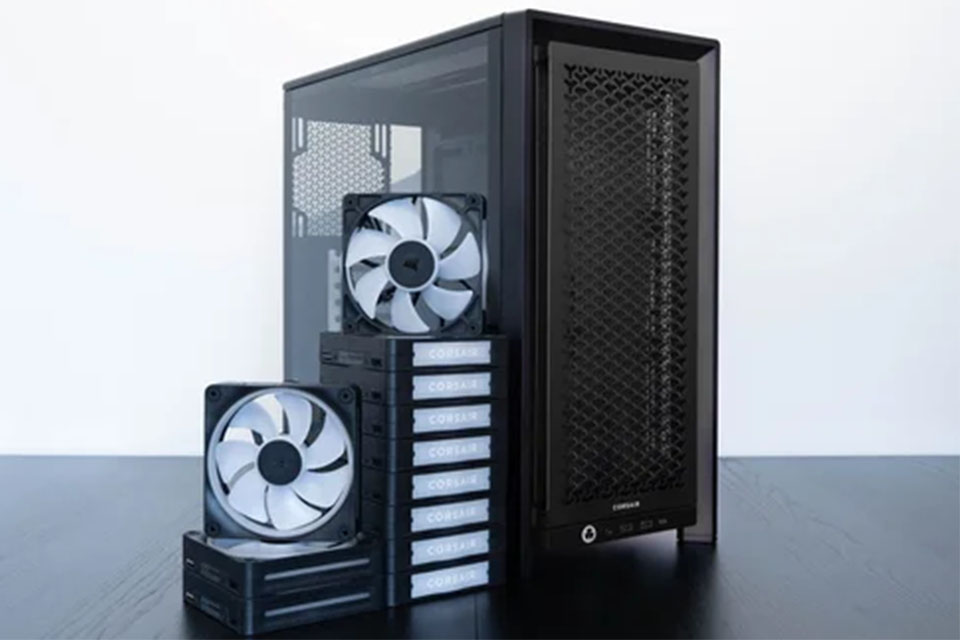 Water-Resistant DC Fans for Harsh Environments
Water-Resistant DC Fans for Harsh Environments



